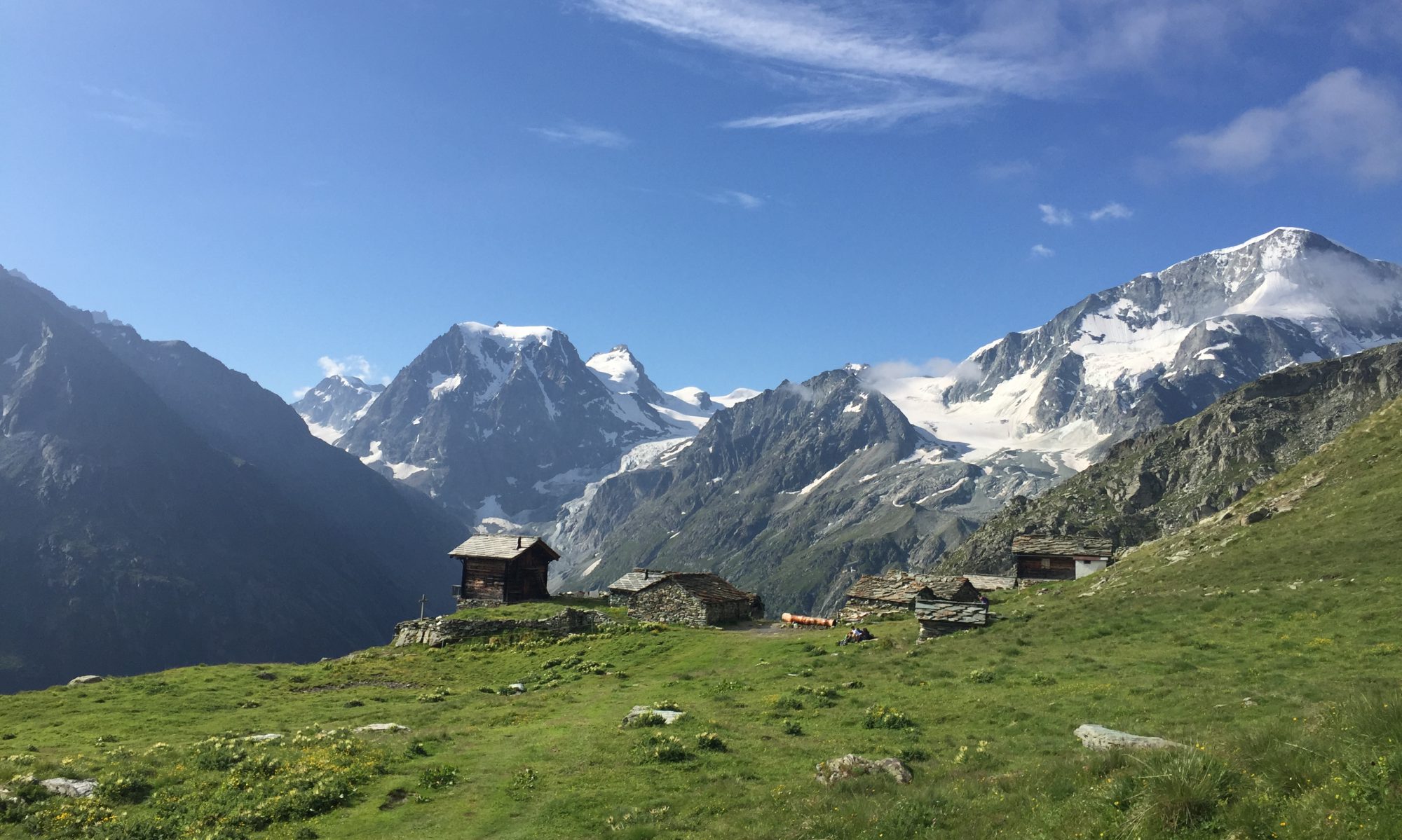I have been a Chartered Forester for over 30 years. Forestry was my profession until I moved into sustainability roles over 15 years ago. I was more than curious therefore to attend, for the first time in over 20 years, the Institute of Chartered Foresters annual conference, which took place in Glasgow recently. The theme was climate smart forestry. With 2.5-3 degrees of global heating the most likely climate outcome, and the long time horizons of forestry management, forest managers need to figure out how to address the physical and transition risks of climate change ahead of most. I was interested therefore to get some insights as to how the sector is currently thinking about how to build a climate smart, resilient future.
There were lots of excellent presentations and insights from the latest research, and it was also a real luxury to have the time to sit and reflect upon the challenges that a changing climate is throwing at us. I could not help thinking though that the discussions felt at time like my studies 40 years ago, just with a different framing (as one speaker said – its all about diversity, diversity, diversity). Plenty of practitioners are giving plenty of thought and experimenting on their own – with inspiring results. Polls taken at the start and the end showed that perceptions about climate change adaptation had changed over the course of the event, and there was a desire for more immediate action. Credit to the organizers therefore for curating the content that achieved this.
And yet at the end a few people at least left somewhat doubting as to whether things would change, whether it was possible, necessary, or even possible. Reflecting on this afterwards I realized that these observations illustrate the challenges we face in dealing with climate change given the economic system we are starting from.
We need to talk about the Economic System
To explain. Forestry in the UK in some ways replicates the wider economy. There are four categories of ownership: the government (with 27%), charities such as the Woodland Trust, privately owned estates (which are akin to family businesses), and private investors.
Forestry England (who manage Government owned forests in England) presented thoughtful examples of their work that balances the need for productive timber production, public recreation and biodiversity enhancement, all future-proofed for a changing climate. The charity sector similarly explained its approach to deliver a range of objectives and responsibilities. The private sector, in the shape of family owned estates, also demonstrated their actions to develop the diversity that will provide the necessary adaptability and resilience for the future.
This forward looking view was contrasted by the private investment sector. Private investment in forests has moved on from the stereotypical wealthy celebrity planting trees as a tax break in the 1980s and 1990s. Asset managers now cater for individuals like you and I who can buy shares in investment trusts that invest in forests. As you would expect, the asset managers have all the right words and phrases to demonstrate their ESG credentials for a City audience. Yet the mood in the room clearly indicated that the sustainability performance on the ground was somewhat different. Investors are looking for “a return”, which are much higher than when I started out as a forester. This translates into an interest in one species which grows well – Sitka Spruce. The view from the City is that risk and resilience can best be delivered not by diversifying the forests in the UK, but by diversifying their portfolio into other forests, species and countries across the world.
The focus on simplicity of business model was continued by the biggest sawmilling company in the UK. It was keen to highlight its need to compete in global markets with imports from competitors who were bigger in size, lower cost, and with a higher efficiency. It needed the consistency of the same species, in a narrow range of diameters. There was an implicit warning that growing other species just added complexity for their operations which would reduce their margins, and the prices they could pay for logs.
Now to be clear, this range of approaches and views is not new. It’s not so far off what I recognise from when I last worked in the forest industry 20+ years ago. But when seen in the context of climate change it raises some questions about the structure of our economic system. Duncan Austin has coined the term ‘externality denying capitalism’ as being our biggest barrier to delivering sustainability. UK forestry with its mix of government ownership, charities, family businesses and investment funds brings this into sharp relief.
For those concerned about the future, it’s already being built by the Government managed forests, charities, and those parts of the private sector which bring the unique perspective and role of family business. When you have been around for 400+ years, then delivering a decent return whilst maintaining assets for the next generation is more important than ‘relative performance against the market’.
Building Resilience: Accepting Complexity
Which leads me to offer a few observations, not just for the UK forest sector:
- The whole value chain needs to collaborate to tackle the physical and transition risks posed by climate change. Obvious to say but evidence suggests that it isn’t happening. Foresters are grappling with physical risks and the need to plant and manage for the future not today. The processing industry will need to learn to accept the complexity this causes and the transition risk associated with it.
- iI’s time to have a debate on the types of ownership of production. And the balance of ownership thats appropriate in society to deliver the stability and resilience we need in the future. The action in some quarters of the private sector contrasts with the ‘externality denying capitalism’ elsewhere. Forest investment products that offer shareholders a CPI+5% long term annual return are unlikely to leave any room for diversifying and building resilience for the longer term. If these incumbents are fixed in their views, its time to build a different future. There is plenty of money currently sitting in ISA accounts paying very little. But there are people who would welcome a better return than offered by cash ISAs and wish to contribute to a better society and community. It’s time for some blended finance and impact investors to enter the fray to offer investment products comprised of forests that include productive assets, biodiversity and public access benefits; all built with climate resilience in mind.
- Policy makers need to reflect on the public support for private forestry. The view from the stage was that tax incentives are still needed due to the long term nature of forestry. Perhaps. But public money should be aligned with societal priorities, and the need to build a climate smart forest estate. At least one part of the private sector is demonstrating how to do this. The investment sector needs to be made to follow. Continuing tax support needs to be tied to climate smart outcomes.
- Government all too often gets a bad rap. But there are successes. For Forestry England, Forests and Land Scotland, and Natural Resources Wales; great job! Keep going.

